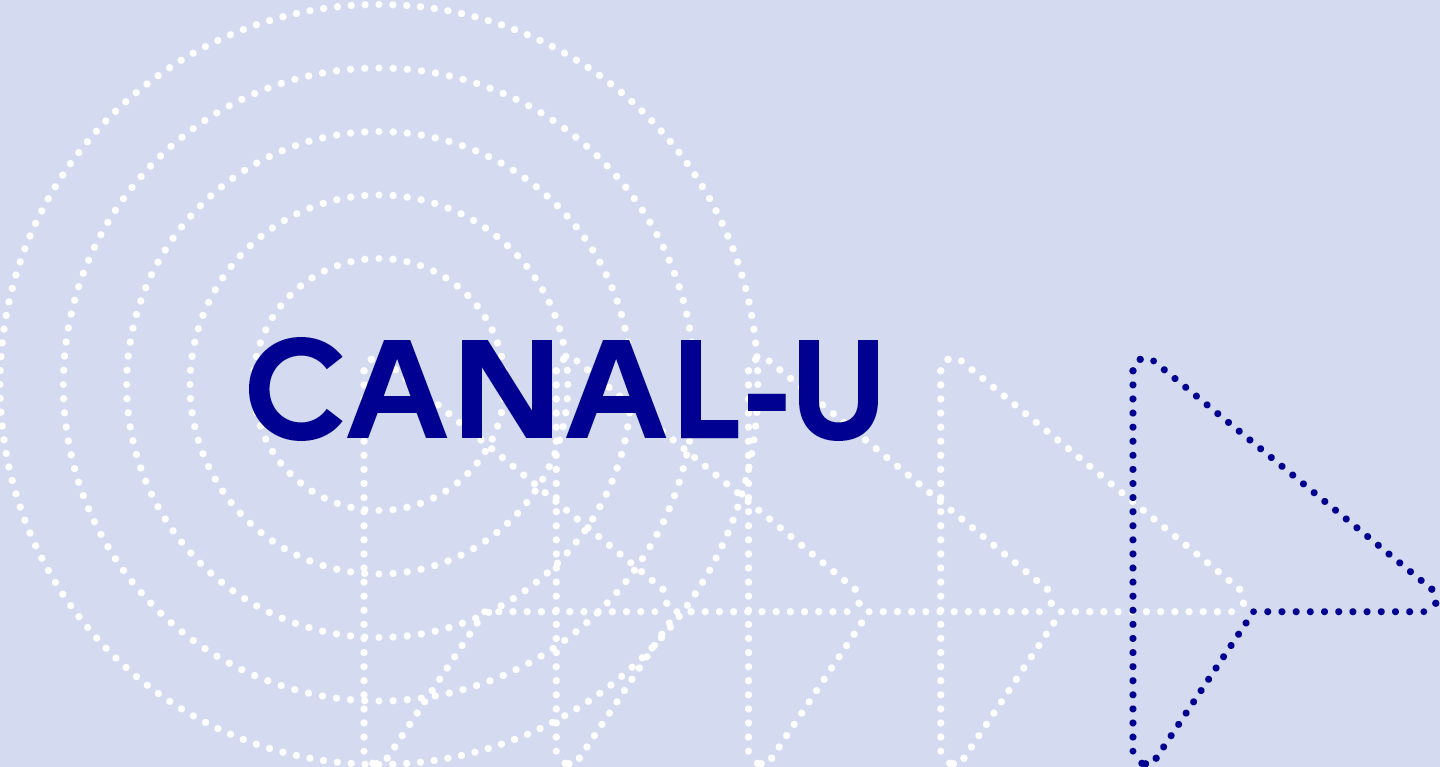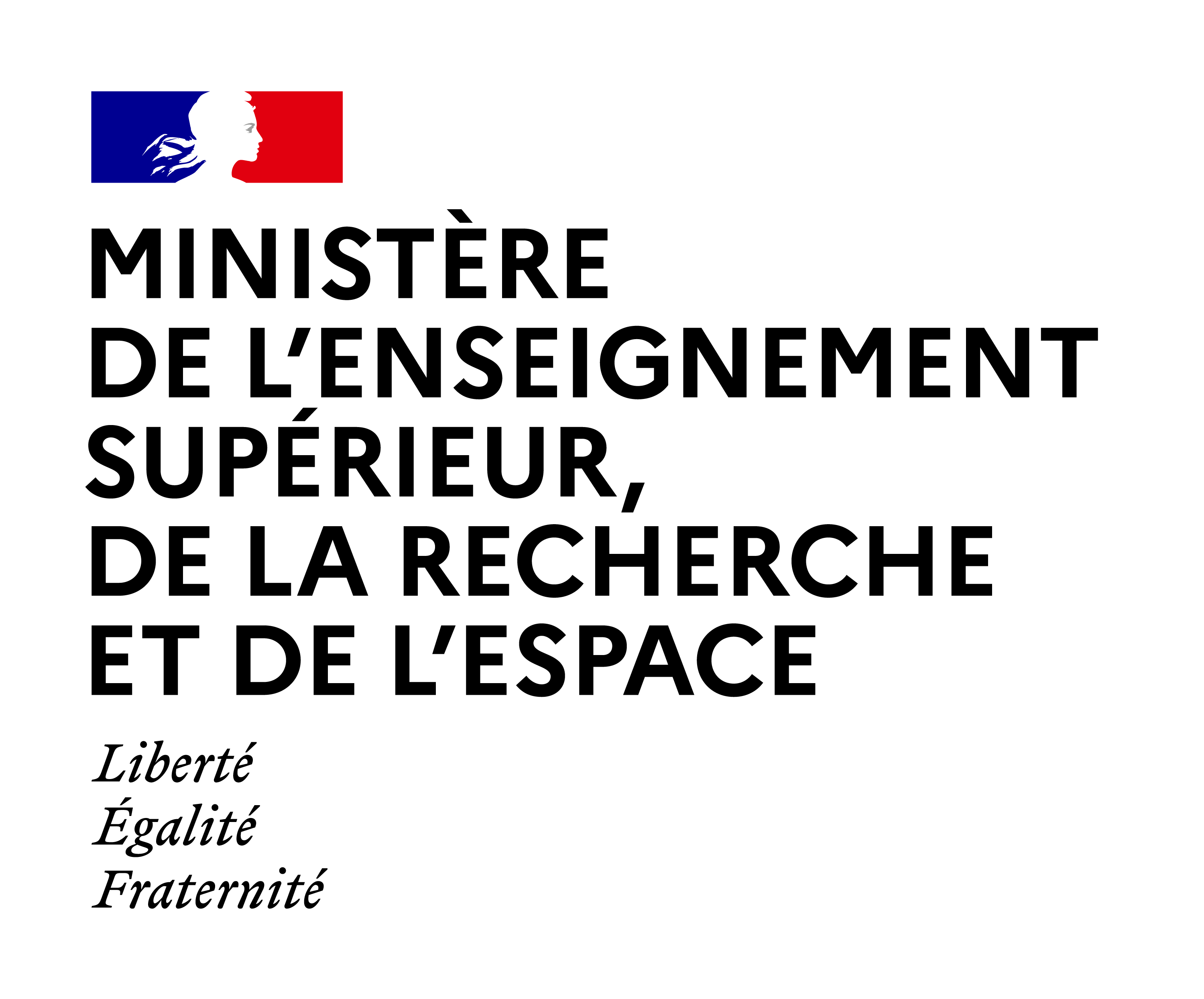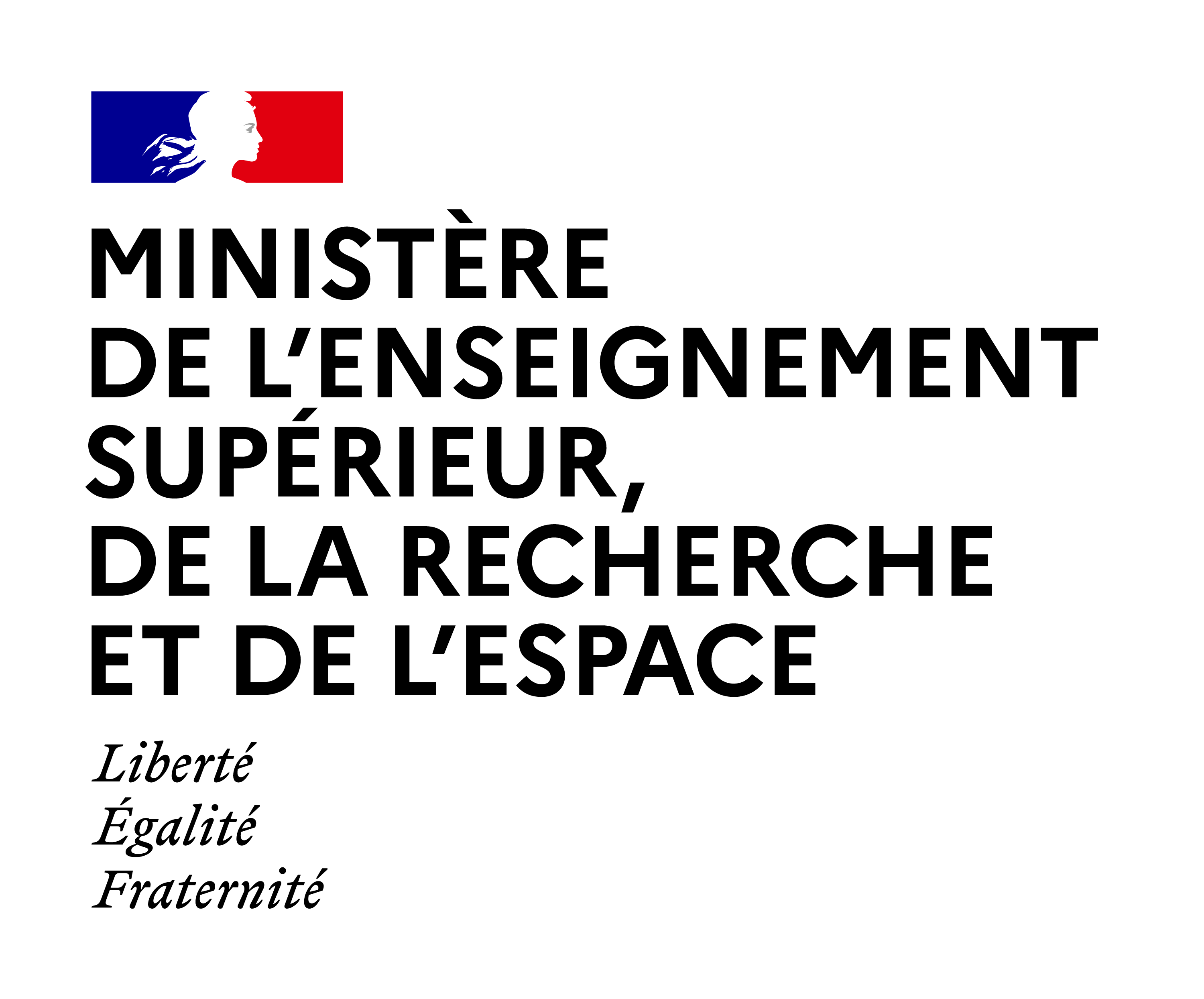
Sommaire
1.4. Parity Checking
Date de création :
05.05.2015Auteur(s) :
Irene MARQUEZ-CORBELLA, Nicolas SENDRIER, Matthieu FINIASZPrésentation
Informations pratiques
Droits réservés à l'éditeur et aux auteurs. Ces ressources de cours sont, sauf mention contraire, diffusées sous Licence Creative Commons. L’utilisateur doit mentionner le nom de l’auteur, il peut exploiter l’œuvre sauf dans un contexte commercial et il ne peut apporter de modifications à l’œuvre originale.
Description de la ressource
Résumé
There are two standard ways to describe a subspace, explicitly by giving a basis, or implicitly, by the solution space of the set of homogeneous linear equations. Therefore, there are two ways of describing a linear code, explicitly, as we have seen in the previous sequence, by a generator matrix, or implicitly, by the null space of a matrix. This is what we will see in this sequence. This leads to the following definition: H is a parity check matrix of a linear code, if the code is the null space of H. In this way, any linear code is completely specified by a parity check matrix. Suppose that we have a message of 4 bits, then we put them in the middle of the Venn Diagram, and we complete the empty three areas according to the following rules. The number of ones in every circle is even. This gives us three redundant bits that we add to the message. We say that our circle is incorrect, if its parity is odd. So, if you modify any symbol, then the error is propagated to the circle where this symbol is involved. Thus, if the circle one and the second circle are wrong, then we deduce that an error has occurred in the first position. If the three circles are wrong, then we deduce that there has been an error in the fourth position. Thus, the redundant information can be obtained from the message by means of three linear equations or parity check.
"Domaine(s)" et indice(s) Dewey
- Analyse numérique (518)
- Théorie de l'information (003.54)
- données dans les systèmes informatiques (005.7)
- cryptographie (652.8)
- Mathématiques (510)
Domaine(s)
- Analyse numérique
- Analyse numérique appliquée, calcul numérique, mathématiques numériques
- Programmation : Algorithmique, langages, conception objet, programmes
- Informatique
- Informatique
- Expression orale et écrite
- Cryptographie
- Généralités, philosophie, théorie des mathématiques
- Généralités
- Outils, méthodes et techniques scientifiques
- Didactique des mathématiques
- Histoire des mathématiques
- Mathématiques et physique
Document(s) annexe(s)
- Cette ressource fait partie de
Fiche technique
- LOMv1.0
- LOMFRv1.0
- Voir la fiche XML



